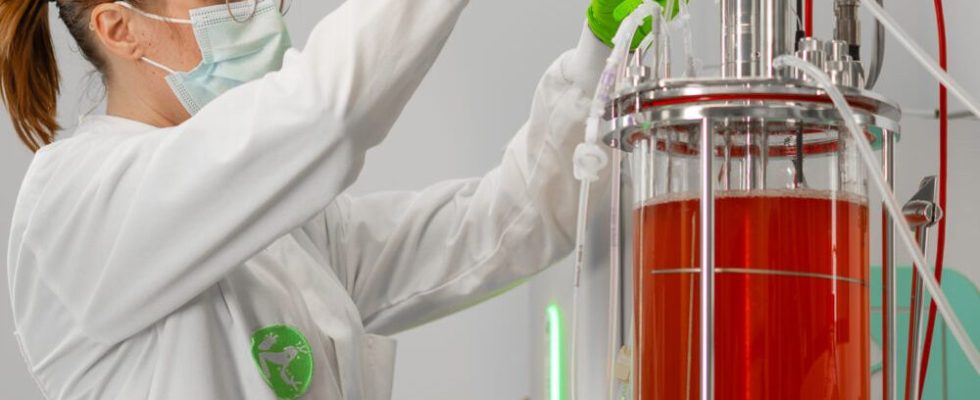On the occasion of World Parkinson’s Day, this Thursday, 20 minutes takes stock with the start-up TreeFrog Therapeutics, which since 2018 has been developing a cell therapy project against the disease that is striking more than 200,000 people In France. Emilie Faggiani, head of the Parkinson’s disease program at the company based in Pessac, near Bordeaux, answered our questions.
Where is the development of your product to fight Parkinson’s disease?
Our Parkinson’s disease program is today at the preclinical stage, a regulatory phase which aims to validate, through laboratory or animal studies, the safety of the product for the patient, by verifying in particular that it does not generate no toxicity, or that it will not migrate into other tissues or organs. It is a mandatory step in development towards the clinical phase. Our initial interactions with regulatory authorities in the United States and the European Union are promising for the future.
When is this clinical phase planned?
We plan to be ready for the first clinical study in humans at the end of 2025-beginning of 2026. We will first inject a small pool of patients, between 8 and 15, who will be brought into the program very gradually: we will transplant a first patient, then we will wait a few months before transplanting the second, in order to ensure – again – the safety of the product. Then, the second objective will be to determine if the product works on the patient. This phase should last between two and three years in total.
Cell therapy, which consists of reproducing cells from stem cells to transplant them into the body, is not new. What is innovative about your process?
The very differentiating side of our product is that we use an encapsulator, the C-Stem platform, a technology patented by TreeFrog. It allows stem cells to be encapsulated to protect them, which will allow us to cultivate them in a bioreactor, and thus generate enormous quantities of product. Without this capsule, the cells, and particularly the neuron cells which are very fragile, would die in the bioreactor. Second advantage of our cell therapy: we will be able to reproduce several batches identically, which will ultimately make it possible to treat patients for around thirty years. In short, we produce a lot, we control production, and what’s more, with very good cellular quality. This is how we can replace the neurons lost in the patient with new functional neurons.
How will they be injected into the patient?
It will be a stereotaxic injection, a technique used in neurosurgery to reach areas of the brain precisely. It is an instrument that is positioned on the patient’s skull, and which allows you to know where, at a distance, the structure of interest is located, in this case the putanem. This way, we know exactly where we need to lower our cannula to inject it.
In the daily lives of patients, what will this microtissue injection change?
Parkinson’s disease is characterized by a progressive loss of dopaminergic neurons, responsible for coordinating movements, and which therefore make it possible to walk, sit, pour a glass of water, etc. In patients, they degenerate over time. Adding neurons will release the dopamine, and re-stimulate the brain’s electrical circuit. The objective of our process is therefore for the patient to return to a normal life.
Will the disease be cured with this treatment?
The new neurons will reactivate the motor system, but the disease will not stop progressing. The patient’s neurons will continue to deteriorate. It must be understood that initially, we will only be able to offer this cell therapy from a certain stage, that is to say to patients aged 65, 70, who are reaching the end of their treatment. medication, when it begins to be less effective. They will then be able to turn to a microtissue injection, which promises to be effective for around fifteen years, which will allow the patient to accompany the end of life peacefully. If tomorrow we can offer this type of approach to younger patients, with a second injection after a few years, this could limit the progression of the disease. This will be possible in the future.

